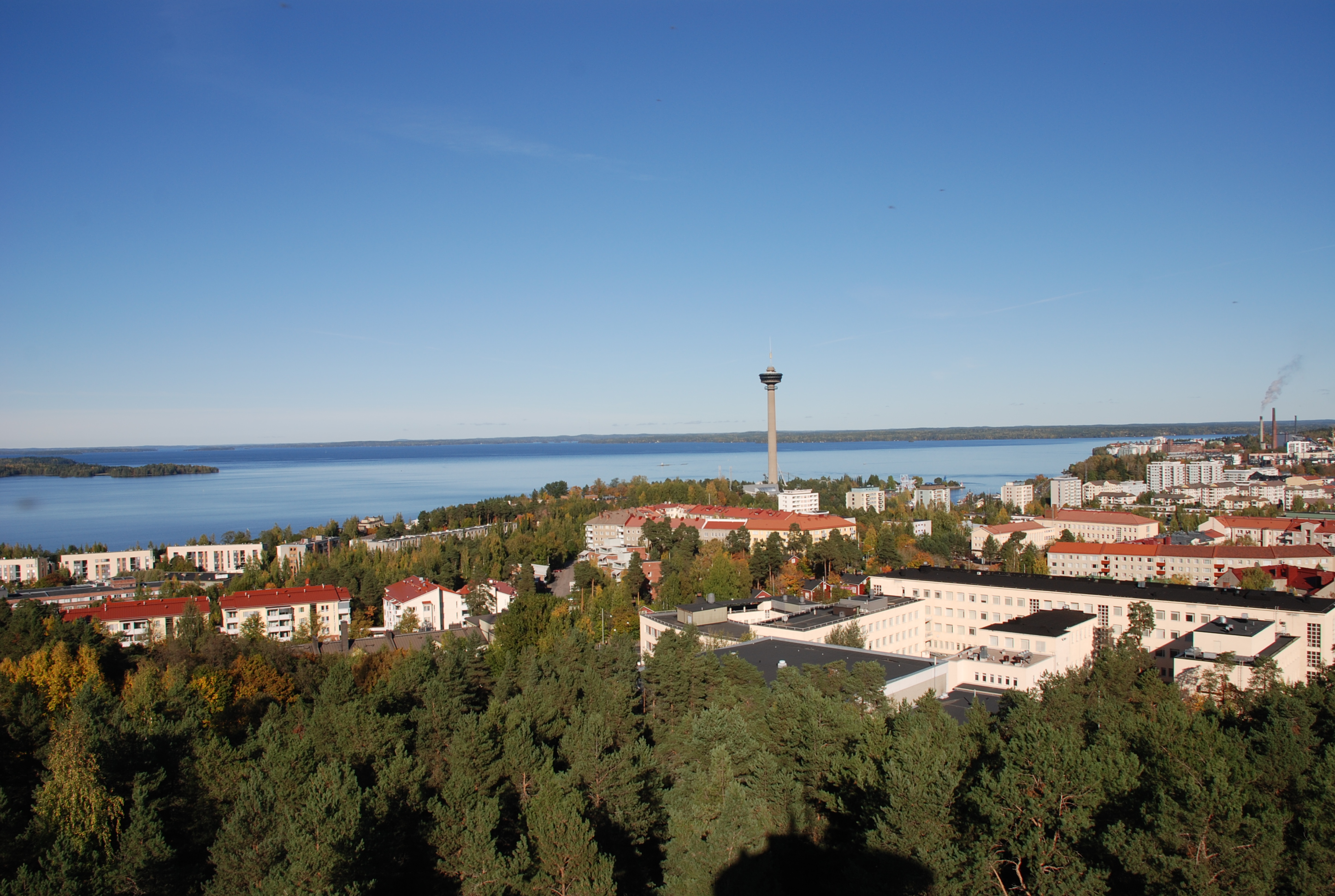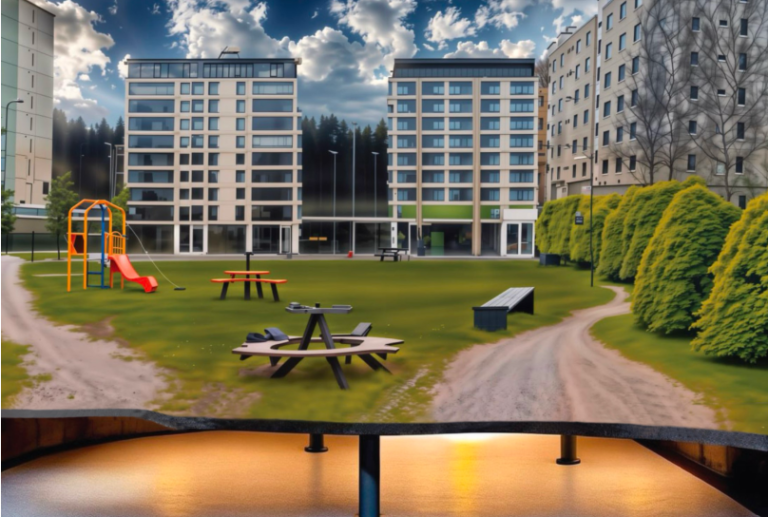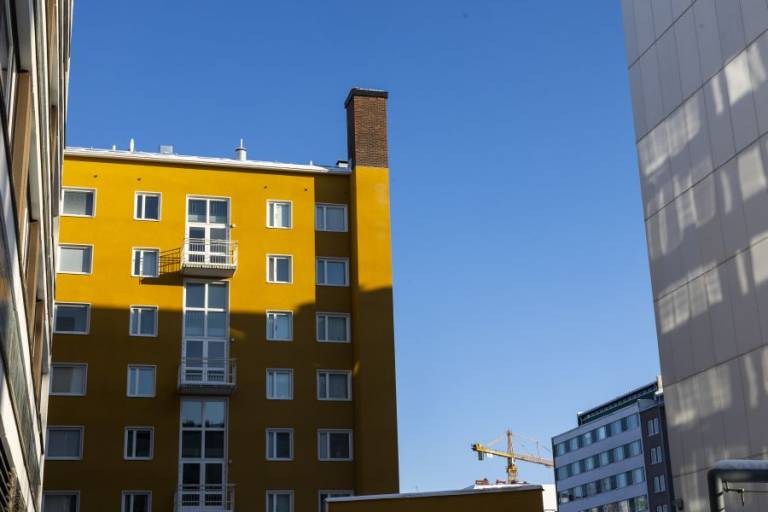Listen to understand
The most obvious task, listening to the stakeholders and trying to understand what they have to say, is in fact quite challenging. The stakeholders come from different fields and backgrounds, perhaps form business, culture, administration, or healthcare, and they all use somewhat different language and concepts to describe their experiences and opinions. Sometimes, it might be that two stakeholders are describing the same phenomenon but just by different words, and it is up to the listener to interpret this. Therefore, it is always a good idea to take a step back, ask clarifying questions if needed, and discuss with fellow students to avoid misunderstandings.
During the stakeholders’ presentations, we were asked to use a method of storytelling. In practise, this meant listening to the presentations with open mind and writing down any observations and thoughts that the presentations evoked. Later, we discussed our notes in groups and talked about what kind of narratives the presentations involve. Based on this experience, storytelling is a helpful method to take that step back and understand the context of the speech, which allows to evaluate it more critically. Moreover, storytelling as a method of listening and understanding gives an opportunity to reflect on your own stand on the topic. Particularly, when comparing the interpretations in a group, you can notice your own attitudes and prejudices around the issue. Being aware of your own thinking and its biases is useful especially later, when it is time to develop own solutions and convince others to trust on your ideas.
Put the pieces together
The views of different stakeholders are like pieces of a puzzle. The pieces might be nice on their own, but for the picture to make sense they need to be combined. To combine them, it can be helpful to find common features and look what the stakeholders agree on. When doing the comparison, you can start to notice some conflicting interests as well. In the Urban lab course, one task of a student is to balance between the interests and decide which ones to give the most value to when developing own proposals. If the puzzle still seems obscure, some pieces might be missing, and you need to collect them to get a coherent picture. Our own project focuses on community and social interactions, and we felt a need to have more perspectives to really understand the topic from different angles. Therefore, we arranged an interview with one of the stakeholders in the Tulli area, and that ended up being important conversations that taught us a lot about social issues in Tulli and had a great influence on our project. The moral of the story is not to only be happy with what you are given, but also actively look for alternative stories to understand the phenomena even better. Despite having a versatile group of stakeholders as a part of our course, they still represent just a few selected, yet experienced, views for Tulli’s development. There are always alternative priorities and different ways to think about the same issues. Finding them out is like adding details and sharpening the picture in the puzzle.

Balance between conflicts
As mentioned, it is likely that stakeholders do not agree on everything but have some conflicting interests. Based on our experience, it was helpful that we also did our own research about communities and social interaction, for example in the form of literature review, so we had some context to reflect upon the differences. The more knowledgeable you are about the topic, the easier it is to understand what the conflicts are about and ask good questions that help you to go forward. Hence, it is worth spending time reading and researching the issues, so you are better prepared to handle and balance the conflicting interests as well.
Have some confidence!
While our Urban Lab course started by stakeholders giving presentations, it was finished by flipping the set-up and letting us present our proposals for them, as well as for other students and academic audience. Dr. Ira Virtanen, a specialist in communication, had prepared us well to give an effective pitch, yet the atmosphere in the classroom was excited and nervous on the day of presentations. However, the stakeholders ended up being a rewarding audience: they seemed to listen to us carefully and asked challenging questions that made us to try our best to justify our proposals. This experience gave us some confidence to express our opinions and participate in conversations even with experts. It is good to keep an open mind and be ready to re-evaluate the strength of your own arguments, but equally important not to underestimate the value of your work and ideas as a student.
Continue learning
Looking back, the most important tools to benefit from working with stakeholders are an open mind, and good communication skills, especially listening. It is also beneficial to have courage to engage in discussions, and actively search for knowledge about the issues in question. Luckily, all of these are something that we as students can practise and develop, which makes me to look forward to future collaborations with stakeholders.
Text and figures by Veera Uusitalo
This text has been written as part of a series of blogs by the SUD students, where they reflect on their experiences working together – and with people outside of the university – to develop their ideas for the Urban Lab.





